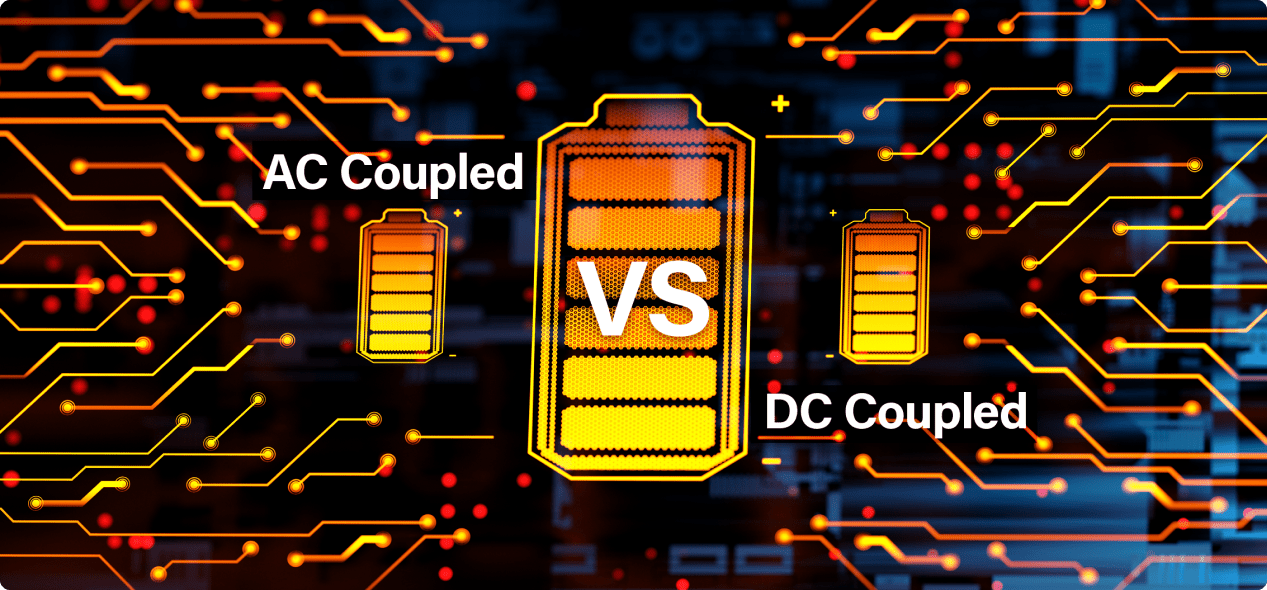
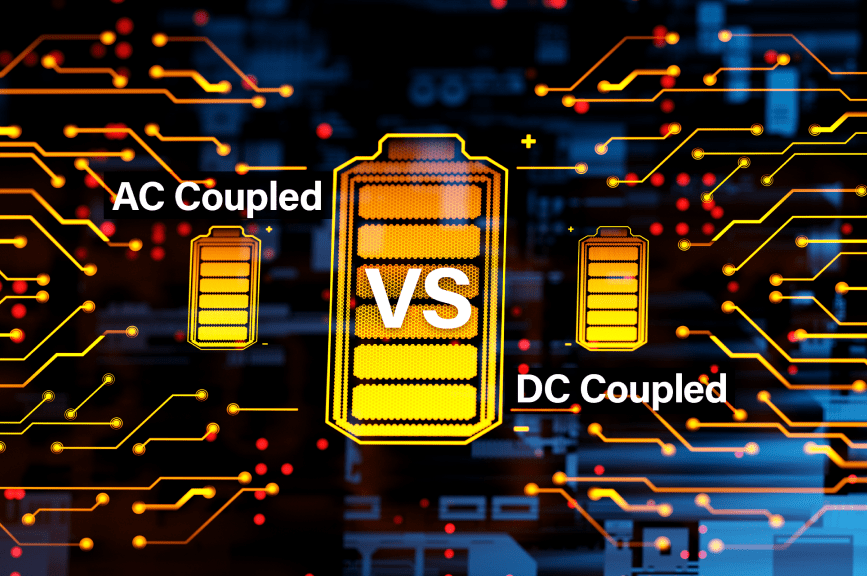
You’ve probably heard of the 70s rock band AC/DC, known for their high-energy shows, wild guitar antics and legendary guitar riffs. But did you know that AC/DC is the abbreviation for alternating current and direct current electricity? The founding brothers felt the name represented their electrifying performance energy and signified the exhilarating thrill of the music they were making.
While a solar plus battery system may not offer the same adrenalin rush as a rock concert, maintaining power during an outage can provide a different dopamine fix — from peace of mind.
Whether you’re looking to add battery storage to an existing system, or you want to install solar panels with storage, it’s important to understand the two different ways your battery can be wired.
How a Solar PV System Works with a Battery
Your solar photovoltaic (PV) system generates energy in the form of direct current (DC), but your home appliances are designed to work with alternating current (AC). Every PV system comes with a solar inverter that converts DC power to AC, before sending it through your breaker box and into your home.
However, solar batteries can only store DC electricity. This means that any energy must be in DC form before it can be deposited into your storage system. To achieve this, there are two different ways of electronically connecting your panels to the battery:

DC-Coupling
is where your solar panels and battery interact directly with the DC power behind your inverter.

AC-Coupling
uses separate inverters for your battery and solar panels, where electricity travels between the two in the form of AC power.
To learn more about how a solar battery works, click here.
AC-Coupled vs. DC-Coupled Batteries
AC electricity flows both forward and backward, while DC electricity flows only in one direction. With both systems, solar is primarily used to power your home while any excess is sent to the battery. The main difference is whether the energy your PV system generates is inverted (turned from DC to AC) before or after being stored in your battery bank.
In years past, AC-coupled solar plus batteries were most often used with residential solar electric systems while DC-coupled solar plus batteries were reserved for off-grid installations. But today, advances in technology and standardizations in electronic equipment have made DC-coupling the solar and batteries widely available for grid-tied systems.
There are benefits and downsides to each type of setup.
AC-Coupled Batteries for Home Solar
With AC-coupled systems, there are two inverters — one for the solar PV system and another for the battery. Here’s how AC-coupled systems work:
- Energy from the sun is absorbed by the PV cells in each solar panel.
- That DC power flows from your panels to your solar inverter, where it’s converted into AC power.
- The switchboard directs this usable form of electricity where it’s needed. AC power will flow to your home appliances first, and the excess will flow out to the grid unless your battery chooses to store it.
- Energy that flows to your battery must first pass through a multi-mode or bi-directional inverter, which converts it from AC back to DC power for storage.
- When your home calls for stored energy, the battery’s DC power must go back through the bi-directional inverter where it’s converted back to AC power before it can flow through the switchboard into your appliances.

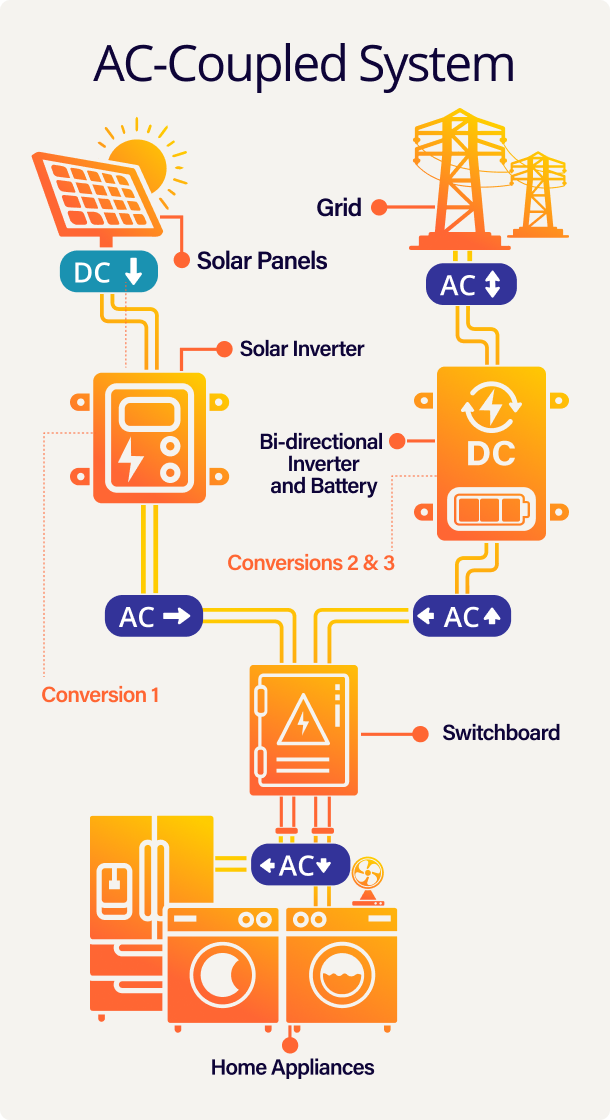
Many DC-coupled batteries can be installed as AC-coupled systems by adding a battery inverter between the main panel and the battery. Certain systems contain the battery, inverter and management system in the same unit, which eliminates the need for a second inverter.
Using AC-coupled storage gives you a lot of flexibility with your home solar system because it is relatively easy to add more devices, but it also means your stored solar power must be converted three times before usage.
Pros and Cons of AC-Coupled Systems


- Retrofitting capabilities: easier to install on an existing PV system (and add more storage capacity later)
- Greater flexibility: works with any type of inverter
- More versatility: able to charge from both PV and the grid (means a battery can charge even when solar isn’t producing)
- Grid services: better option for participating in demand response programs (utilities can control the flow of your energy in and out of your battery)
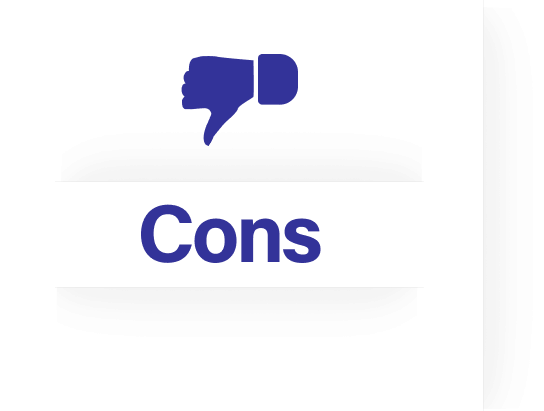

- Efficiency losses: three conversions of electricity add up to lower efficiency
- Additional equipment: requires a second inverter and other equipment that may increase costs
- Power supply limitations: not all AC-coupled systems will work in situations where there is no access to the grid (systems designed for off-grid uses must have large transformers or else they risk being unable to manage surge loads from multiple appliances)
AC-coupled systems allow both PV systems and the battery to discharge to the grid (separately or together), which can be financially rewarding in areas that offer net metering credits for exported solar. This configuration can also help customers maximize credits when utility export rates are the highest.
Recent changes in California’s net energy metering program (NEM 3.0) have dramatically limited the number of hours that it makes financial sense to export to the grid — making it more important to consider a solar battery.
If you live in California, discover your savings potential with battery storage.
DC-Coupled Batteries for Home Solar
DC-coupled systems have two types of configurations: a basic DC-coupled system once used primarily for off-grid systems and a hybrid design for batteries connected to the grid which backs up critical loads. The basic systems use a charge controller placed between the panels and battery, and a battery inverter that converts the DC power to AC power for your home or the grid. Hybrid systems with modern hybrid inverters incorporate high-voltage MPPT controllers — special charge controllers that ensure your solar panels produce the maximum power possible.
With DC-coupled systems, there’s only one inversion of power from DC to AC. While these systems are more efficient, they require more specialized DC wiring, which can increase the cost.
Standard DC-Coupled System
Here’s how a basic DC-coupled system works:
- Energy from the sun is absorbed by the PV cells in each solar panel.
- DC power flows from your panels to a charge controller that directly feeds your battery.
- When the stored energy is ready for use, the DC power will flow into the battery inverter, which converts into AC power.
- The AC power is either sent to the grid or into the switchboard where it will be distributed to your home appliances.
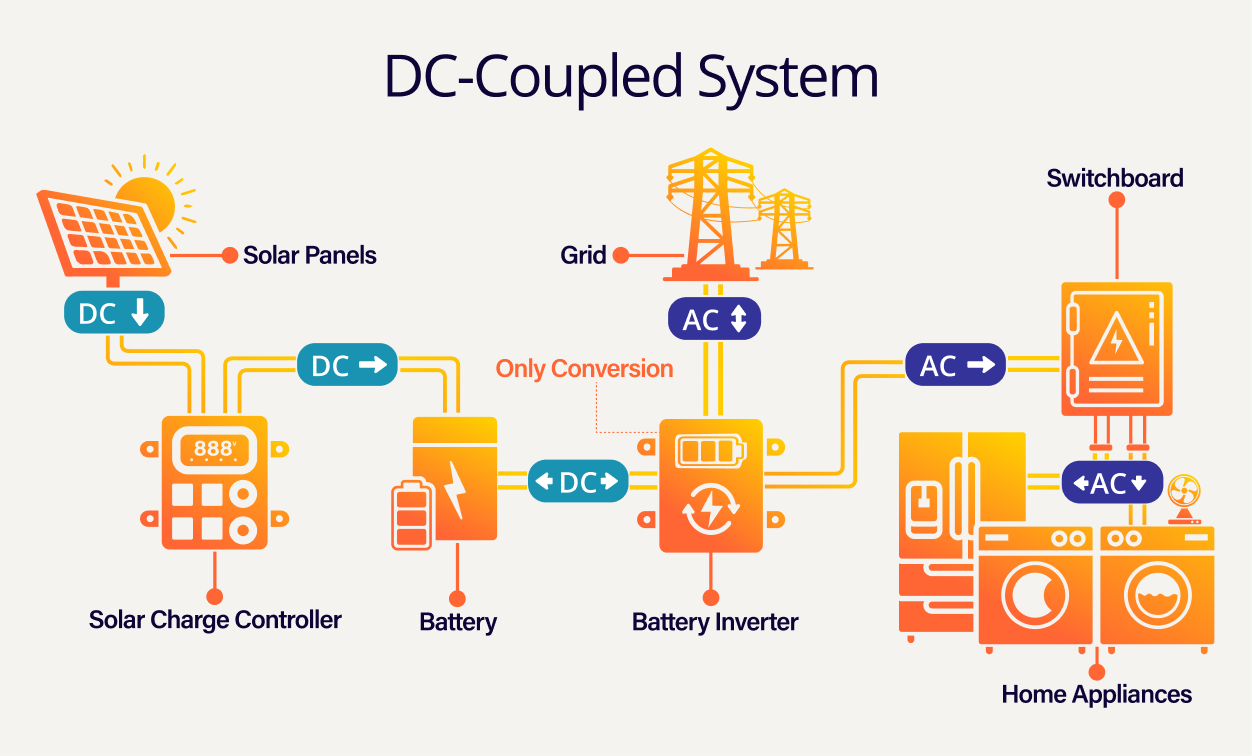

DC-Coupled System with Hybrid Inverter
Here’s how a hybrid DC-coupled, grid-connected system works:
- Energy from the sun is absorbed by the PV cells in each solar panel.
- DC power flows from your panels directly to a hybrid inverter.
- The hybrid inverter can either send the DC power to your battery for storage or convert the power to AC for your use.
- That AC power can then flow to the switchboard where it can feed your home appliances or the grid.
- During an outage, that AC power can also flow from your hybrid inverter to power your critical loads.

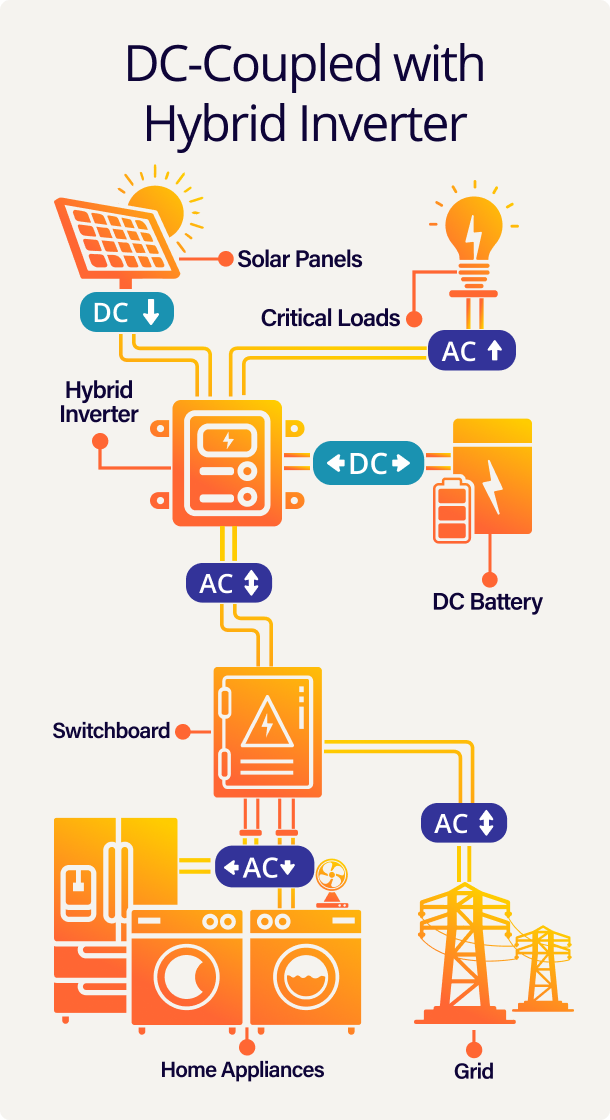
Pros and Cons of DC-Coupled Systems


- Higher efficiency: requires only one power conversion, which maximizes efficiency
- Lower cost: needs just one inverter and less equipment, minimizing up-front costs
- Oversizing capabilities: enables solar panels to generate more electricity than the inverter rating since any DC energy generated greater than the capacity of the inverter can be stored in the battery directly.


- Limited flexibility: difficult to install and configure with an existing PV system
- Less resiliency: requires a single inverter to be installed closer to the battery, making these systems more susceptible to failure during an outage*
- Grid services: may not qualify for demand response programs that can be financially rewarding
Choosing AC Coupling or DC Coupling
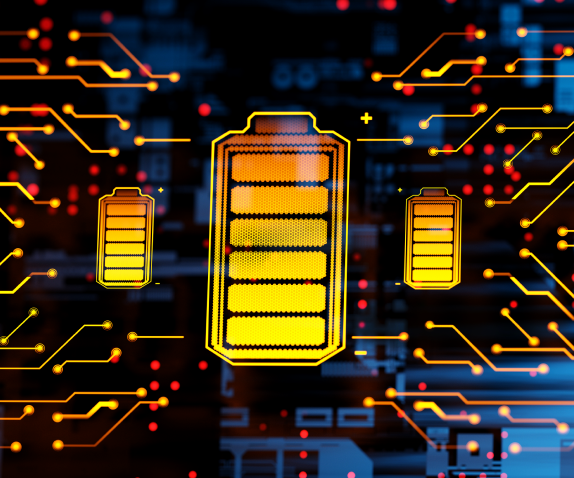
If you already have solar panels on your property and you want to add battery storage as a retrofit, you’ll typically opt for AC-coupling, since you’ll already have a solar inverter in place.
If you’re installing solar and battery storage at the same time, DC coupling may be the better choice due to a higher efficiency and possibly a lower cost. Hybrid DC systems have less wiring and fewer failure points, too.
No matter which system you choose, installing battery storage can help you maximize the value of your solar PV while offering protection when the grid goes down. You can even watch live AC/DC concerts during an outage, thanks to your AC/DC-coupled battery storage.

